This year’s UN climate change conference in Egypt will likely focus on firm plans, finance, and fossil fuels.
What is COP?
COP stands for ‘Conference of the Parties’, which is a generic phrase in International Relations-speak meaning a committee created after an international treaty is signed, tasked with making decisions about how that treaty is implemented.
There are all kinds of COPs for various international agreements, from chemical weapons to combating desertification. But the term COP has come to be associated with the meetings of one particular committee: that created after the signing of the United Nations Framework Convention on Climate Change (UNFCCC).
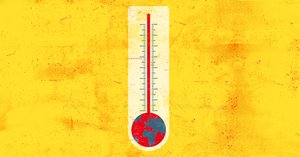
154 countries signed the UNFCCC in June 1992, agreeing to combat harmful human impacts on the climate. Since then, COP meetings have been held (almost) annually to discuss how exactly that should be achieved, and monitor what progress has been made. Each COP is usually referred to by its number in the series, e.g. COP26 was the 26th COP meeting.
Each year a different country becomes the COP president, in charge of organising and running that year’s meeting. Usually this means that the host city moves each year, too. Any new agreements which are made at COP tend to be named after the host city, e.g. the 2015 Paris Agreement or the 2021 Glasgow Climate Pact.
Who is involved in COP?
Politicians, diplomats, and representatives of national governments are perhaps the most important people invited to COP, but they’re far from the only ones. Many other people attend to try to influence the outcome. For example, many fossil fuel lobbyists join the talks to attempt to protect their industry from much-needed action to keep coal, oil, and gas in the ground. At COP26, we found that if the fossil fuel industry were a country it would have had the single largest delegation at the conference.
On the opposing side, there are land and environmental defenders and Indigenous people calling for greater protections for their territories against exploitation by environmentally destructive industries such as logging, mining, and industrial agribusiness. Climate organisations such as Global Witness often send representatives to advocate for rapid and ambitious action to tackle the climate crisis.
However, there are often barriers in place – economic, legal and physical – which prevent environmental activists and civil society organisations from playing a full part. At COP26 in Glasgow in 2021, many were shut out due to vaccine inequity, travel restrictions and high costs. Those who did manage to attend had to navigate a range of logistical issues which plagued the conference, from massive queues to a shortage of entrance permits.
As things stand, it looks like COP27 in Egypt may be even worse in terms of access. Freedom of the press and freedom of assembly are highly limited in Egypt. Human rights defenders, civil society organisations, and the independent media have come under relentless assault in the form of unfounded criminal investigations, arbitrary detentions, travel bans, and other restrictive measures.
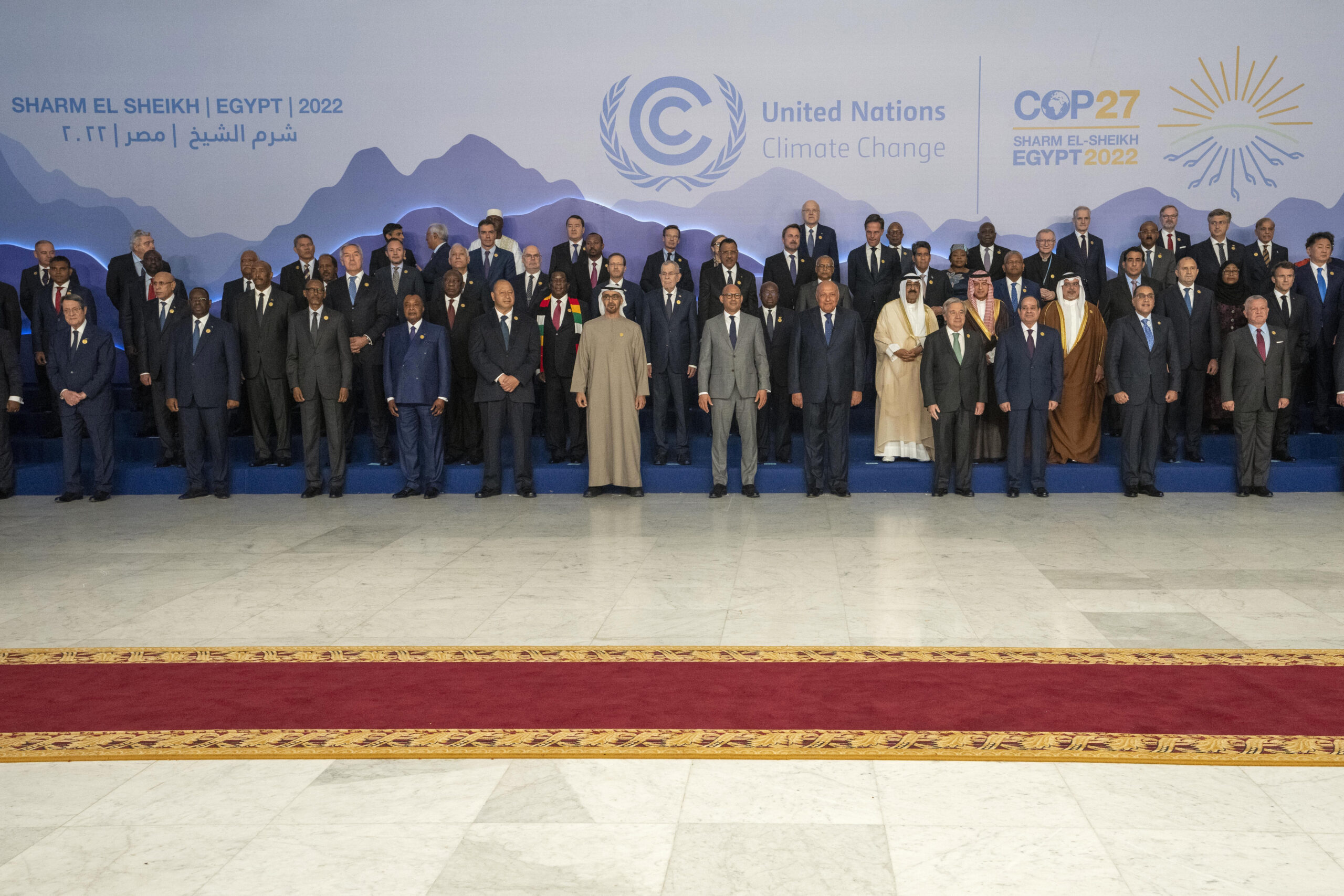
What was agreed at COP26 last year?
For the first time, fossil fuels got a mention at COP26. Participants agreed to accelerate the phase-out of coal power and of fossil fuel subsidies. Countries also updated their own plans to cut their carbon emissions, but many of them are still not aligned with what the International Panel on Climate Change (IPCC) says is necessary in order to keep the world below 1.5°C of warming.
All the countries in attendance agreed in the Glasgow Climate Pact to amend their plans in the twelve months following COP26 if they were not 1.5°C-aligned, so in theory they should all be arriving in Egypt with ambitious emissions reduction plans. Somehow, we have our doubts…
On deforestation, 137 world leaders representing 91% of global forest cover committed to halt and reverse forest loss by 2030. A significant number of companies and banks also promised to achieve deforestation-free supply chains by 2025, but this was just a voluntary pledge with no penalties should they fail to live up to their promises.
And on climate finance, richer nations agreed to provide $100bn per year to help fund emissions reductions in poorer nations by 2023 at the latest. There was also commitment to double the level of funding given to countries to help them adapt to a warming climate by 2025, compared to 2019 funding levels. However there was no agreement on a plan for how to deliver this funding.
What will be discussed at COP27 this year?
If COP26 was focused on the ‘what’, COP27 looks set to focus much more on the ‘how’. This year’s COP president, Egypt, has said that it wants to move from negotiations and planning to implementation.
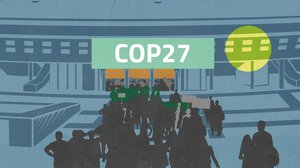
Many of the commitments made at last year’s COP were relatively vague, with no firm plans for how they would actually be achieved. Expect this year’s talks to hone in on the precise details of how to make these promises a reality. If previous COPs are anything to go by, countries will be reluctant to agree to firm plans with concrete milestones, as opposed to 2030 goals which they may be able to wriggle out of later.
Climate finance will be a key topic of discussion this year, with Wednesday 9 November designated as Finance Day in the COP27 schedule. Climate finance has been a long-running issue throughout previous COPs. The pledge of $100bn per year to poorer nations mentioned in the section above was initially promised in 2009, to begin by 2020. So Egypt, and other less developed countries, will doubtless be keen to firm up details on this to ensure the deadline doesn’t slip once again.
Lastly, there is always the risk that this year’s COP will be overshadowed by other world events. With war ongoing in Ukraine, energy and food crises, and access to Covid-19 vaccines still a major dividing line between more- and less-developed nations, attendees may be focusing their diplomatic energy elsewhere.
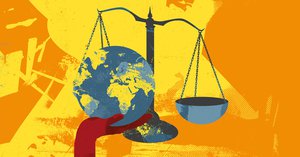
What are the contentious issues at this year’s COP?
The debate around climate finance is likely to be a contentious one, as richer and poorer nations tend to have very different visions as to what this should look like – for instance, how much should be for emissions reductions versus helping countries to adapt to a warmer climate.
Debt relief is a major issue: in 2019, 44 African countries spent $75bn just on debt interest payments, far exceeding the level of climate finance they’re expected to receive any time soon. Payments for loss and damage, also referred to as ‘climate reparations’, may also prove divisive.
This is the idea, endorsed by a large number of developing countries, that the nations most responsible for the climate crisis should pay compensation to the nations which are suffering its worst impacts. Unsurprisingly, the idea is highly unpopular amongst highly industrialised countries and was firmly rejected at COP26, but may see a resurgence at COP27.
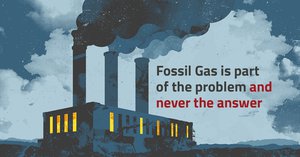
The fate of natural gas (or as we prefer to call it, fossil gas) will also be a live issue. Egypt is the second largest gas producer in Africa, and is among several African states being courted by European countries for their gas reserves in the wake of the invasion of Ukraine.
It may prove difficult to reach an agreement to reduce fossil gas production, even though that’s exactly what’s needed in order to meet our climate goals – and even though African civil society has also united against fossil gas.
We’ll keep making the case that fossil gas isn’t a climate solution – follow us to keep up to date with our latest COP news and campaign activities.
Source: Global witness


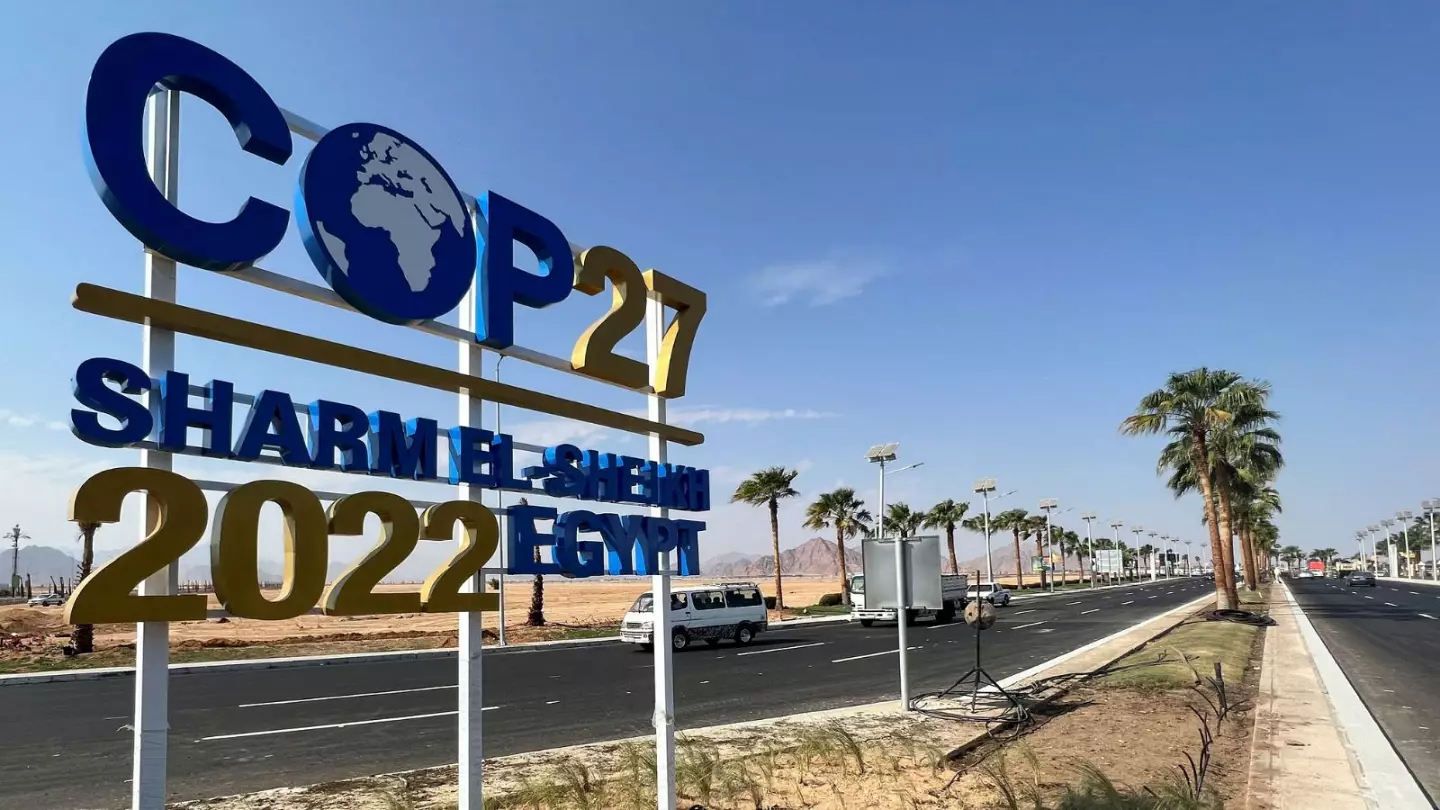
Comment here
You must be logged in to post a comment.